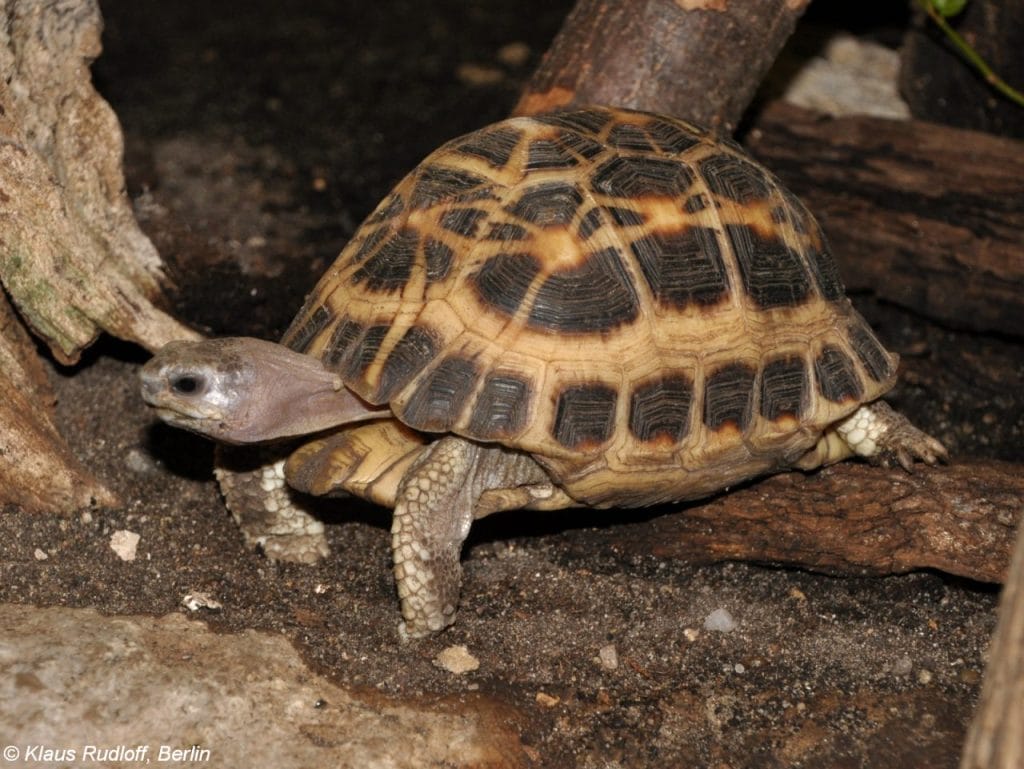Amyda cartilaginea (Asiatic Softshell Turtle)
Home > Turtle Database > Amyda cartilaginea (Asiatic Softshell Turtle)

Amyda cartilaginea, commonly known as the Asiatic softshell turtle, is a distinctive species of turtle known for its leathery, soft shell. It belongs to the family Trionychidae and is notable for its adaptability to various freshwater habitats.
Native To These Regions
Bali (Indonesia), Borneo (Indonesia/Malaysia), Brunei, Cambodia, Java (Indonesia), Kalimantan (Indonesia), Laos, Malaysia, Myanmar, Peninsular Malaysia (Malaysia), Philippines, Riau Archipelago (Indonesia), Sabah (Malaysia), Sarawak (Malaysia), Singapore, Sumatra (Indonesia), Thailand, VietnamNative Turtle Species Map – Find Turtles by Region
Scientific Classification
- Kingdom: Animalia
- Phylum: Chordata
- Class: Reptilia
- Order: Testudines
- Family: Trionychidae
- Genus: Amyda
- Species: A. cartilaginea
Common Names
- Asiatic Softshell Turtle
- Southeast Asian Softshell Turtle
- Black Rayed Softshell Turtle
This Hilarious Turtle Book Might Know Your Pet Better Than You Do
Let’s be real—most turtle care guides feel like reading a textbook written by a sleep-deprived zookeeper.
This one’s not that.
Told from the snarky point of view of a grumpy, judgmental turtle, 21 Turtle Truths You’ll Never Read in a Care Guide is packed with sarcasm, sass, and surprisingly useful insights.
And hey—you don’t have to commit to the whole thing just yet.
Grab 2 free truths from the ebook and get a taste of what your turtle really thinks about your setup, your food choices, and that weird plastic palm tree.
It’s funny, it’s honest, and if you’ve ever owned a turtle who glares at you like you’re the problem—you’ll feel seen.
Identification
Description
Amyda cartilaginea has a broad, flattened body with a smooth, leathery carapace that lacks scutes. The color ranges from olive to brown, often with dark spots or blotches. Its snout is elongated with a protruding nose, aiding in breathing while submerged.
Sexual Dimorphism
Males generally have longer, thicker tails and are slightly smaller than females.
Check more turtles from the Amyda genus
Native Origin and Distribution
Geographical Range
This species is widely distributed across Southeast Asia, including Thailand, Vietnam, Malaysia, Indonesia, and parts of southern China.
Preferred Habitat
Amyda cartilaginea prefers slow-moving rivers, lakes, and swamps with muddy bottoms where it can easily burrow.
Behavior
Feeding Habits
It is omnivorous, feeding on fish, crustaceans, mollusks, and aquatic vegetation.
Predators
Predators include birds of prey, larger fish, and mammals, including humans.
Reproduction
Breeding Season
Breeding typically occurs during the rainy season when water levels are higher.
Reproductive Method
The species is oviparous, with females laying eggs in sandy or muddy banks near water bodies.
Conservation
Extinction Status
Currently listed as Vulnerable by the IUCN.
Threats
Threats include habitat destruction, pollution, and harvesting for food and the pet trade.
Conservation Measures
Efforts include habitat protection, legal protection, and breeding programs in several countries.
Economic Importance
This turtle is used in traditional Asian medicine and is a source of protein in local diets. However, overexploitation has led to a decline in populations.
Interesting Facts
- This turtle can bury itself completely in mud and remain submerged for up to five hours to avoid predators.
- It has a highly flexible shell due to the lack of bony scutes, allowing it to move easily through soft mud.
Research Studies
For more detailed information on the ecology and conservation of Amyda cartilaginea, consider reading this research study:
Amyda cartilaginea study

About Author
Muntaseer Rahman started keeping pet turtles back in 2013. He also owns the largest Turtle & Tortoise Facebook community in Bangladesh. These days he is mostly active on Facebook.












